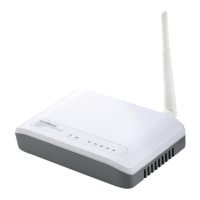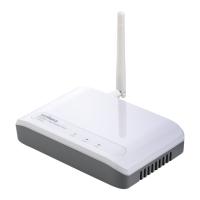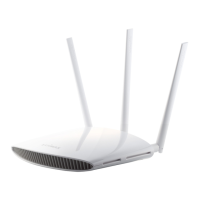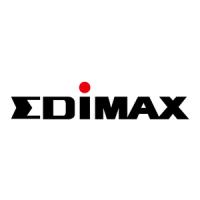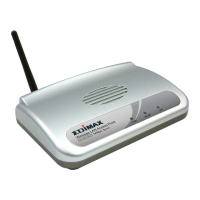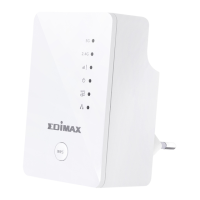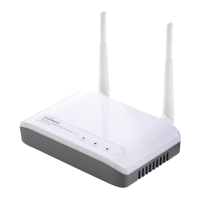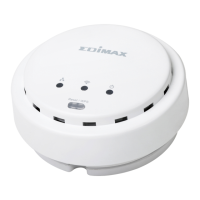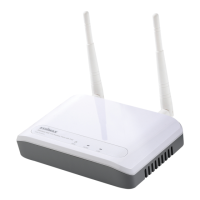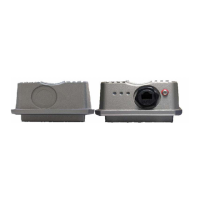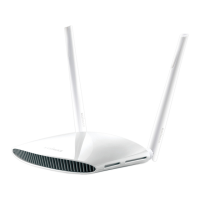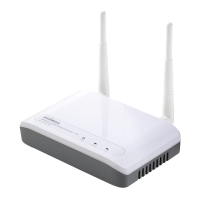What to do if Edimax EW-7228APn Wireless Access Point is not responding?
- Rrachel68Oct 28, 2025
If your Edimax Wireless Access Point is not responding when you try to access it via a web browser, here are a few things you can check: * Ensure the power cord and network cable are correctly and firmly inserted into the access point. * If all the LEDs are off, verify that the A/C power adapter is correctly powered. * Make sure your computer is using the same IP address section as the access point. * If you are using MAC or IP address filtering, try connecting with another computer. If that doesn't work, perform a hard reset by pressing the reset button. * Set your computer to obtain an IP address automatically (DHCP) to see if it can get an IP address. * If this issue occurred after a firmware upgrade, contact your dealer for assistance. If none of these steps resolve the pr...
